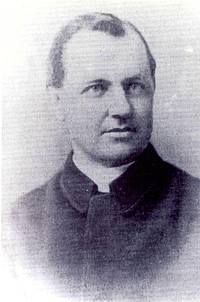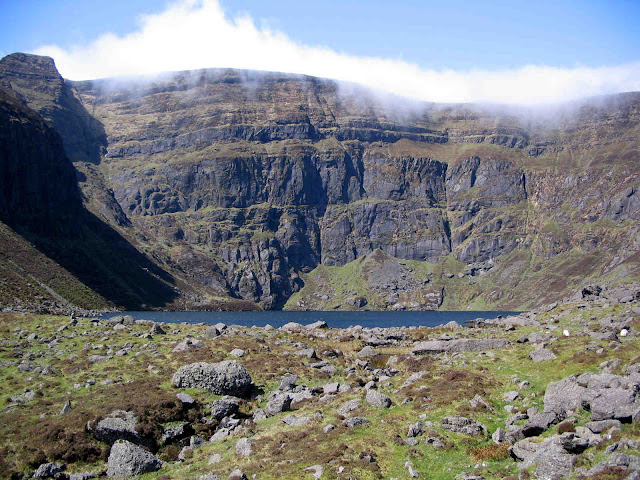Comeragh Place Names - Part 1
The study of place names is called “Toponymy” from the Greek words “Tópos” meaning place and “Ónoma” meaning name. The Irish word used is “Logainmneacha” which means the names of the hollows. This may seem a strange word to use, but when you consider that most Irish place names come from the Irish language which evolved from the language of the Celts, and that the early Celts were animal herders who often gathered at watering holes, it may be a most appropriate word to use to describe the study of place names!
What`s in a Name?
What`s in a name indeed. The Comeraghs, like everywhere else in Ireland, has a variety of place names. The vast majority of the names are gaelic in origin but many have changed over time. We all know how frustrating it can be to peruse place names on a map. What does this mean? Where did that name come from? Here in Waterford we owe a great debt to the amazing Canon Patrick Power from Ballygunner (pic) for the trojan work he did in researching, recording and explaining so many of our local place names. Canon Power well understood the importance of place to a rural people and accordingly our fascination with place names. In his book, “Place-Names of Decies”, published in the early 20th century, he gives us a wonderful insight into the many influences, both natural and human, which have shaped the names of the places around us down through the ages.
Anglicization
Many names were nearly lost in translation with the arrival of English as the spoken language in the mid-19th century. However, Canon Power`s great understanding of Irish enabled him to make intelligent and almost always correct interpretations of the anglicized names we were left with. Before him, John O`Donovan (pic), from Attateemore in nearby Glenmore, County Kilkenny, working for the Ordnance Survey as “Master of Antiquities”, visited 62,000 townlands and recorded 144,000 place names in the 1830s and 1840s. Scholars like O`Donovan, Power and Patrick Joyce all emphasized that the present form of many Irish place names is derived from the ancient Irish names as they were spoken, not written. They also emphasized that the most common causes of change over the centuries are aspiration (a “h”) and eclipsis (an “urú”) e.g. from Sliabh na mBan in Irish you now have Slievenamon in the anglicized name. The “h” (aspiration) on the “b” in “Sliabh” has changed the sound and so to the English ear the spelling to “v”, while the urú “m” on the letter “b” in “mBan” to the English ear has obliterated the sound of the “b” and replaced it with an “m” sound, hence the change in spelling to “mon”.
The Old Language is Dying - the Old Place Names are being lost
The 19th century saw the rapid replacement of Irish by English as the vernacular in Ireland. Scholars were very fearful of losing the language and the old place names as a series of factors combined to create the perfect storm. Tens of thousands of native speakers died out or emigrated during the Great Famine. The National School System or "The Murder Machine” as Patrick Pearse called it, introduced in 1831, greatly encouraged parents and children alike to turn their back on the old language. The Catholic Church and influential political leaders like Daniel O`Connell did likewise. It was against this background that young Kilkenny man John O`Donovan was charged with preserving as many of the old place names as he could, and he did so by putting a huge emphasis on preserving the sounds in the old names as spoken by native speakers. The great Brian Friel play “Translations” gives us a great insight into this chapter of our cultural history.
Early Celts – The Bestowers of the Names
The language of the early Celts, who came to Ireland about 500 B.C., was a forerunner of old Irish. The Celts were fond of naming places from features in the landscape around them. Consequently perhaps, the vast majority of the place names of the Comeraghs today have an Irish language source and many of them refer to physical features. This suggests that the names are quite ancient and go back to early Celtic times. Power tells us “Irish place names are the simplest of simple things”. Much can be derived from the townland name, according to Power. It has, he says, “the hoary antiquity of centuries”.
Continued in the next post





Comments
Post a Comment